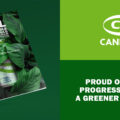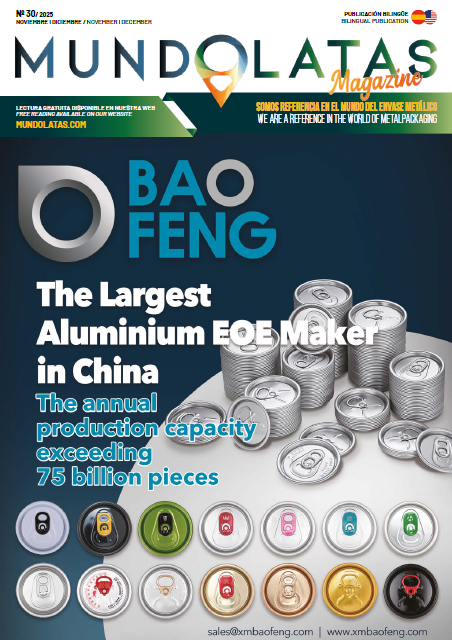Greenhushing occurs when companies report or refrain from publicizing their progress on environmental work as a means of avoiding potential criticism from regulators, environmental groups and non-profit organizations, stakeholders or the general public. Increasingly, the term is entering packaging discussions on social media, at industry events and beyond.
“Brands can potentially be obfuscating or failing to promote the sustainability efforts that are in place to avoid the accusations that occur, and that doesn’t help anything,” said Matt Reynolds, editor-in-chief of Packaging World, during the Packaging Recycling Summit on Sept. 16. “Lips are tightening… And that’s based on reputational risks, whether earned or perceived.”
The term greenhushing came to prominence following an October 2022 report by carbon finance consultancy South Pole that brought the phenomenon to the forefront. It highlights a statistic that nearly a quarter of the 1,200 companies surveyed had set science-based targets to reduce emissions, but did not plan to publish them.
Earlier this year, South Pole released its 2023 data from a global survey of 1,400 companies and said that it. “confirms, for the first time, that the ‘greenhushing’ trend is present in almost every major sector in the world”including consumer goods. Although 81% of the companies surveyed reported that communicating about net zero is good for their bottom line, 58% deliberately planned to decrease external communications about it, according to the report. And 18% did not plan to publicize their science-based targets at all.
The term is increasingly appearing in packaging sustainability discussions as lawsuits emerge over environmental claims and CPGs face scrutiny for failing to meet, or changing, 2025 climate and packaging sustainability targets.









